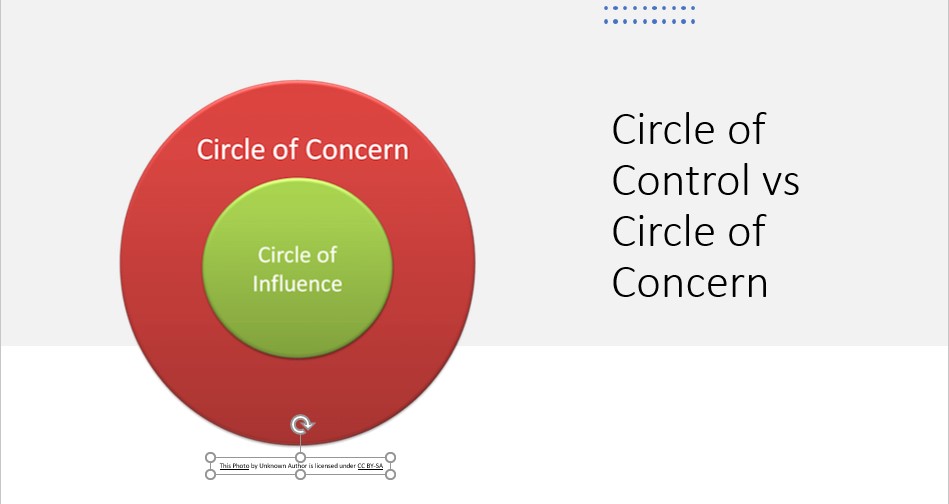We live in an attention-deficit economy, and being brief is both desperately needed and rarely delivered.
When we are not clear and concise, there are consequences. Time, money and resources are wasted. Decisions are made in confusion, great ideas don’t get pursued, and deals take far too long to close.
This book is all about getting your story straight, and then getting to the point. Quickly.
Join us for the next 12 minutes as we explore how to communicate your message briefly, and powerfully. As author Joseph McCormack points out – it’s like Six Sigma for your mouth.
Let’s get started.
Why Brevity Is Vital
These days, everybody is busy. Especially executives. Your rambling marketing message or sales pitch is likely to get lost in the daily flood of information they struggle to stay on top of.
As McCormack points out, being brief is not just about time. The more important point is how it feels to the audience. It’s not about using the least amount of time. It’s about making the most of the time you have.
There are three things you need in order to adhere to the principles of brevity – be concise, clear, and compelling. What follows naturally from this is that you also need to have a through understanding of your subject matter.
Mindful of Mind-filled-ness
Living in a world full of distractions means that the people around you are mentally stretched. That makes getting to your point before your audience gets distracted an imperative.
There are 4 main sources of pressure your audience is battling as you try and get your point across:
- Information overload, which has gotten worse as social media and email invades our lives more and more every day;
- Inattention, causing them to struggle with paying attention longer than 10 seconds at a time;
- Interruptions, which means that there are many different things competing for attention at all times;
- Impatience for creating results, which causes people to be stressed almost all the time.
Here’s the point. Even if you are given 30 minutes to make a presentation, you have far less than that before your audience tunes you out.
Why You Struggle with Brevity: The Seven Capital Sins
In spite of the evidence that brevity is a necessity in today’s world, it turns out to be difficult to master because of what McCormack calls the “seven capital sins.”
- Cowardice. You don’t have the guts to be clear and take a stand on the issue, so you mask your message in mounds of jargon and buzzwords.
- Confidence. You know the material so well and can’t help explaining it in painful detail.
- Callousness. You don’t respect people’s time. When you say “this will only take a minute”, it ends up taking many times that.
- Comfort. When you are comfortable with an audience, you let yourself get wordy and drag the story out.
- Confusion. You tend to do your thinking out loud, not mindful that your audience would rather hear the finished product.
- Complication. You think that the issue is really complicated, missing the point that your job is to simplify it for people.
- Carelessness. You don’t think about what you are going to say deeply enough, and so your message gets mixed up.
Brevity Tool #1: BRIEF Maps
People who start to gain experience in making presentations and sales pitches mistakenly abandon outlines, thinking they are a tool that only rookies use.
Professionals understand that an outline is critical to their success. McCormack tells us that there are five immediate benefits you’ll get by using them.
Outlines keep you:
- Prepared, so you are ready to deliver your message.
- Organized, so you understand how all of your ideas connect.
- Clear, so you are certain what your point is.
- Contextual, so you can draw a bigger picture so your point stands out.
- Confident, so that you know what to say, inside and out.
The BRIEF way to do an outline is organized as follows:
- B: Background or beginning;
- R: Reason or relevance;
- I: Information for inclusion;
- E: Ending or conclusion;
- F: Follow-up or questions you expect to be asked or that you might ask;
This format can be used for anything you need to present – from an important project update to your team to the most important sales pitch of your life.
Now that we’ve covered how to outline your message, let’s move on to how to deliver it.
Brevity Tool #2: The Role of Narratives
Bore your audience to death with corporate-speak and they’ll tune you out faster than you can say “next slide.” But tell them a good story and they’ll gladly give you their undivided attention.
McCormack introduces us to the idea of the Narrative Map to help us do just that. There are five elements in the map.
The focal point
This is the central part of the story, and tells the audience what it’s about. For instance, at the beginning of his presentation launching the iPhone, Steve Jobs said “Today, Apple is going to reinvent the phone.”
Setup or challenge
In the context of a marketing or sales message, this is the challenge, conflict, or issue in the marketplace that your organization is addressing. Every great story includes a dragon that needs to be slayed.
Opportunity
This is about communicating the opportunity that the challenge poses. Some people call this an unmet need or an aha moment.
Approach
Now we move on to how the story unfolds. This is the how, where and when of your story, describing how you’ll solve the problem or take advantage of the opportunity. There are usually three or four key points to be made here.
Payoff
All good stories include a payoff at the end. This is where you paint the picture of what life looks like for your audience after your solution is implemented.
So that’s how you outline and then craft a narrative that gets communicated clearly, concisely and powerfully.
Let’s now move our attention to a method for being clear in our every day conversations with the people around us.
Brevity Tool #3: Controlled Conversations and TALC Tracks
As McCormack points out, if we are undisciplined in how we present information, we are even more undisciplined in how we have our daily conversations.
Being brief in a conversational setting means shifting from endless monologues to what he calls having controlled conversations. These conversations have a rhythm, a purpose, and a point.
In order to get conversations right, there are things you need to do, and things you need to avoid.
Let’s start with the three common mistakes that draw people into long, unwieldy conversations:
- Passive listening: Letting the other person babble on about everything and say nothing. As a result, there is no control.
- Waiting your turn: Letting the person talk, then jumping in to say your part. As a result, two separate conversations are happening.
- Impulsively reacting: Responding to a word or thought the other person said. As a result, there is no clear direction in the conversation.
Now let’s move to a structure for balance and brevity. McCormack calls these TALC Tracks.
T is for Talk
Somebody in the conversation starts talking. It could be you or the other person. There are two things to consider at this stage:
- Be prepared to say something when the other person finishes speaking.
- Make sure your response has a clear point.
AL is for Actively Listen
Listen closely to what the other person is saying the entire time. Don’t zone out, multitask, or otherwise take your attention off the other person. There are two things to consider at this stage:
- Ask open-ended questions related to what you heard.
- Dig deeper into the parts of the topic you are genuinely interested in.
C is for Converse
When a natural pause happens in the conversation, it’s your turn to jump in with a comment, question, or sometimes a bridge to another topic. There are three things for you to consider at this stage:
- Don’t use your turn to start a new conversation.
- Keep your responses short.
- Know when to stop so the other person can start talking again.
When and Where to be Brief
Now that we’ve covered the foundations of how to be brief, let’s go into some specific examples of when and where to be brief.
In Meetings
We all know that meetings suck. There are three villains that you need to slay in order to make them suck less.
- Time. Reduce the amount of time devoted to them. Put the BRIEF back in briefings.
- Type. Consider a standing meeting, or a meeting with no table. And most importantly, meetings should be more like a conversation than a presentation.
- Tyrants. Making sure that no one person dominates your meetings. That includes outside presenters.
Social Media
McCormack suggests that we create social media posts and emails that respect a busy executive’s time. That almost always means making things shorter.
Presentations
The best way to deliver a presentation is to first understand what your audience wants to hear, and then speak to those things, and those things only.
Job Interviews
Nobody likes job interviews, and that includes the person doing the hiring. When you are the candidate, create a BRIEF Map that quickly explains why you are qualified. Then, tell a story that shares some of your past successes that demonstrate what your potential employer is looking for.
Sharing Good and Bad News
When you are sharing good or bad news with your team, always get to the point quickly. Then, let some time for the news to sink in and leave time for them to ask questions.
When you are delivering bad news in particular, consider three important issues:
- Problems. State bad news simply and clearly, without pulling punches.
- Causes. State the real reasons for the bad news so people know what’s happening.
- Possibility. Take advantage of tough situations to have a heart-to-heart.
Conclusion
Everybody is busy. The world is begging you to get to the point quickly.
As Franklin D. Roosevelt once famously said:
Be sincere, Be brief, Be seated.





